Trusted By














Tailored, targeted strategies get high-quality MQLs
Performance-driven tactics focus on boosting recurring monthly revenue
Scalable solutions help us match your brand’s growth trajectory
Top SaaS Marketing Agency to Drive Demand And Boost Recurring Revenue
Do you want green numbers on a dashboard or do you want to actually grow your business with real clients? At SevenAtoms, we pride ourselves on being a B2B SaaS marketing agency that prioritizes genuine results over flashy numbers like MQLs and basic conversions.
SaaS Marketing Services That Deliver Results
Our SaaS marketing services focus on tangible outcomes that directly impact your bottom line. We have helped several SaaS companies scale through strategic, data-driven SaaS marketing campaigns that consistently fill their pipelines with sales qualified leads (SQLs).
Full-Funnel Marketing for SaaS Brands
Our full range of SaaS marketing services is tailored to support B2B and SaaS companies like yours, from generating demand to demand capture across the entire marketing funnel, driving rapid growth.
Our tried and tested SaaS demand generation and demand capture strategies are designed to:
- Target prospects who fit your ideal customer profile
- Build a sustainable lead generation engine
- Nurture sales opportunities with high likelihood SQLs
- Create content and multi-touchpoint campaigns that move prospects forward
- Maximize your MRR and LTV
- Build strategies that support long-term growth
High-Performance PPC
Content Marketing & SEO
- Data-driven, keyword-focused content helps attract organic traffic to your brand’s site
- Educational content engages prospects with informative, value-driven material
- Premium downloadable content helps capture details for interested MQLs
- Content designed to be relevant in the age of SGE keeps your brand relevant
SaaS Demand Generation
Case Study: Cyber Security SaaS Company Sees
1,012% Growth From PPC Campaigns
"SevenAtoms has helped us get excellent ROI from our paid campaigns. Their understanding of B2B SaaS and Cyber Security has really shown up in the engaging content and landing pages they have developed for us. They continue to crush it across all our campaigns!"

VP of Marketing, Imperva Incapsula

585%
Increase In Sales Opps

1,012%
Increase In Customers Won

$2.9M
Increase in Revenue
We Work on the Same Tech Stack You Do






SaaS Paid Search
As an experienced SaaS marketing agency, SevenAtoms knows just how to maximize your PPC ROI. Our team of B2B SaaS marketing experts tailor campaigns for platforms like Google Ads, Bing, LinkedIn, and Meta platforms. We precisely target high-conversion keywords and audiences, pairing our data-driven back end with compelling copy and engaging creatives. Our SaaS lead generation agency optimizes keywords, manage bids, and carefully select audience segments to drive qualified leads and boost conversions. We can elevate your PPC strategy to deliver measurable results.
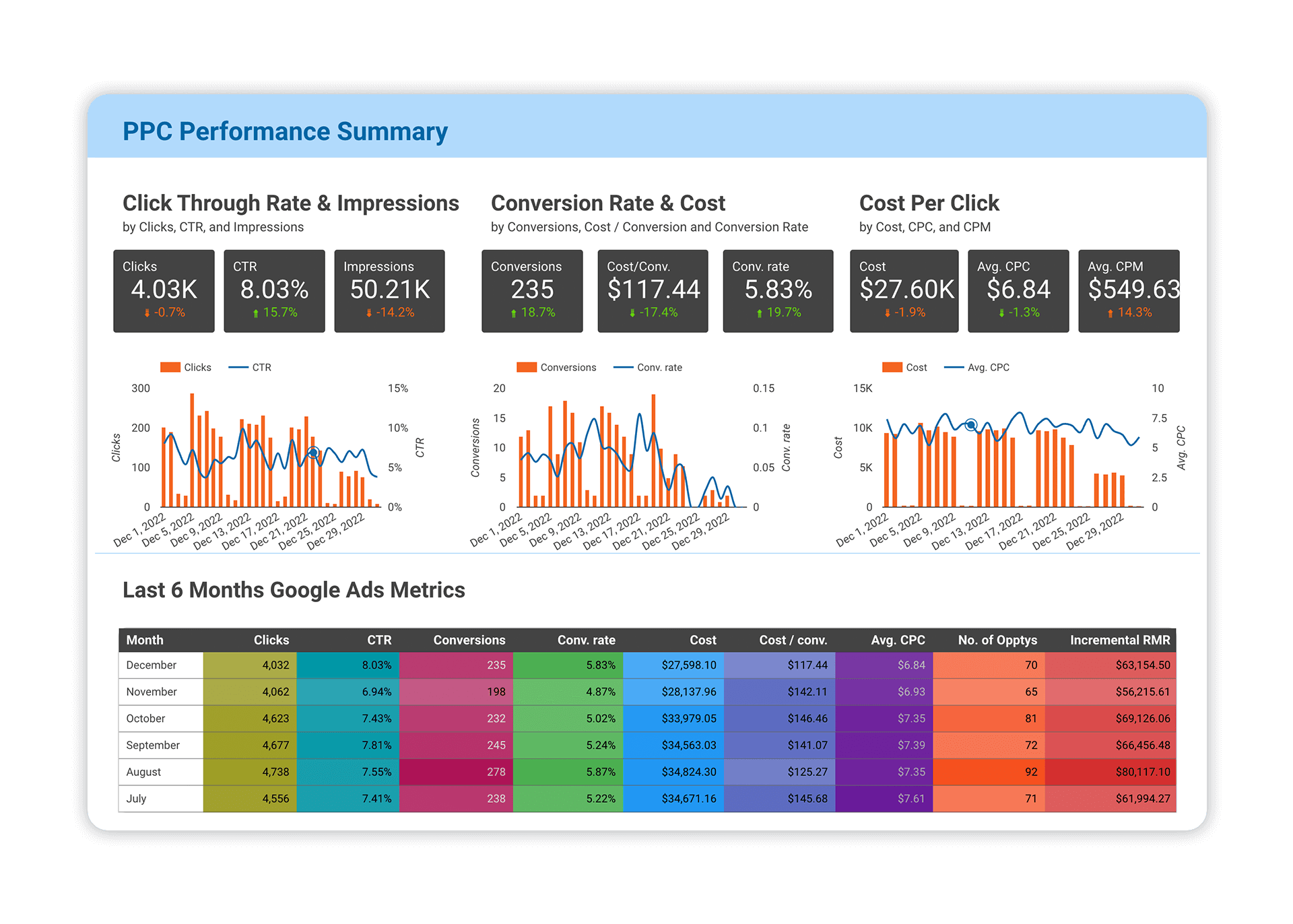
SaaS Content Marketing
SevenAtoms’ veteran team of data experts and wordsmiths can help your brand stand out in the crowded B2B and SaaS landscape through expert SEO-focused content marketing, a key aspect of our SaaS marketing services. Our team crafts compelling, SEO and SGE-friendly content that inspires action. From blogs and case studies to premium downloadable content like ebooks, we engage your audience across channels and help establish your brand as a thought leader.
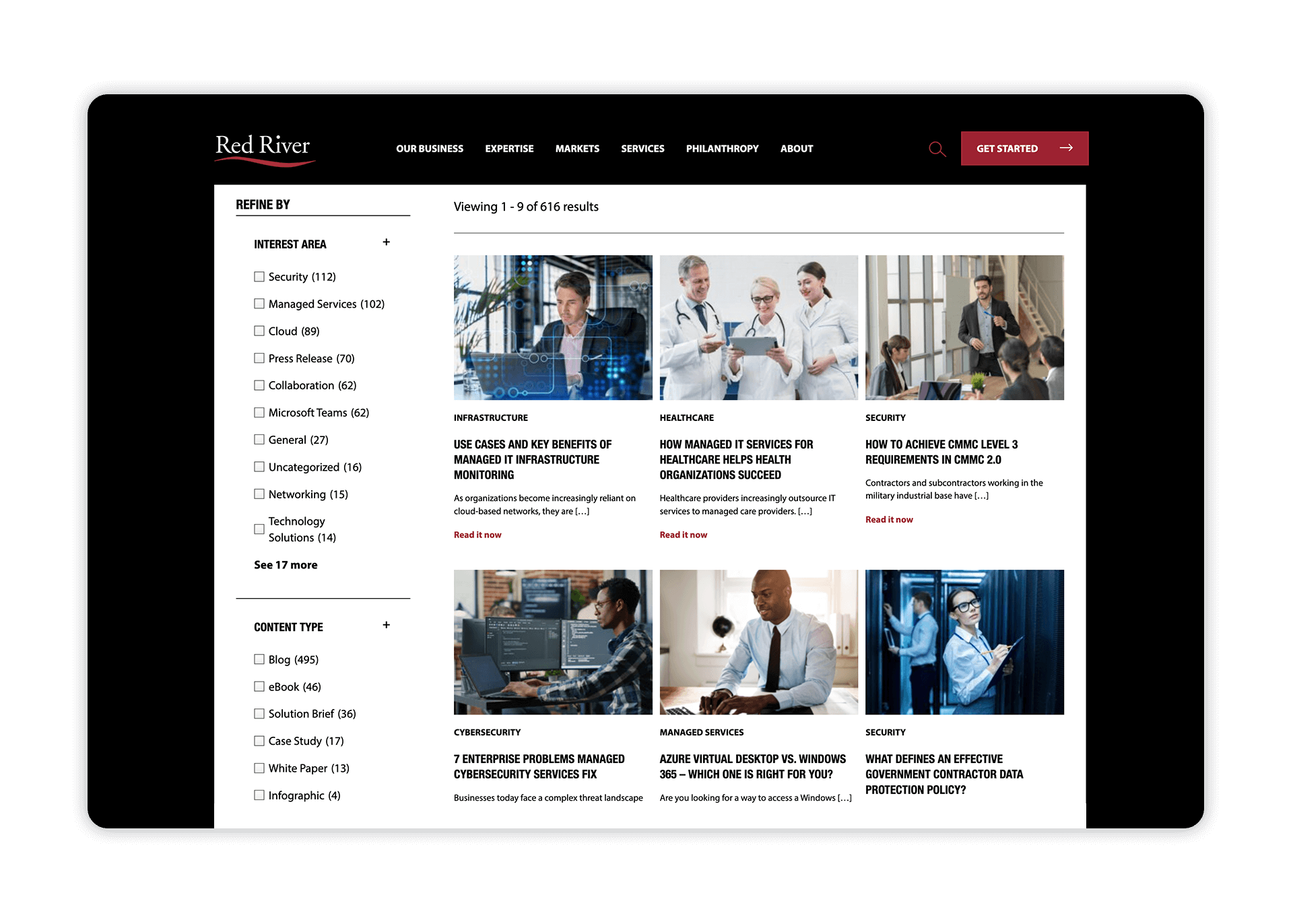
SaaS LinkedIn Marketing
Decision-makers and business influencers are on LinkedIn; you should be, too. Our highly targeted ad campaigns and account-based marketing (ABM) on LinkedIn drive awareness, engagement, and conversions. From sponsored content to dynamic ads, we leverage the many tools on the LinkedIn platform to connect you with an ideal audience. Trust our B2B SaaS marketing agency to help unlock new opportunities and amplify your brand’s presence on the world’s largest professional network.
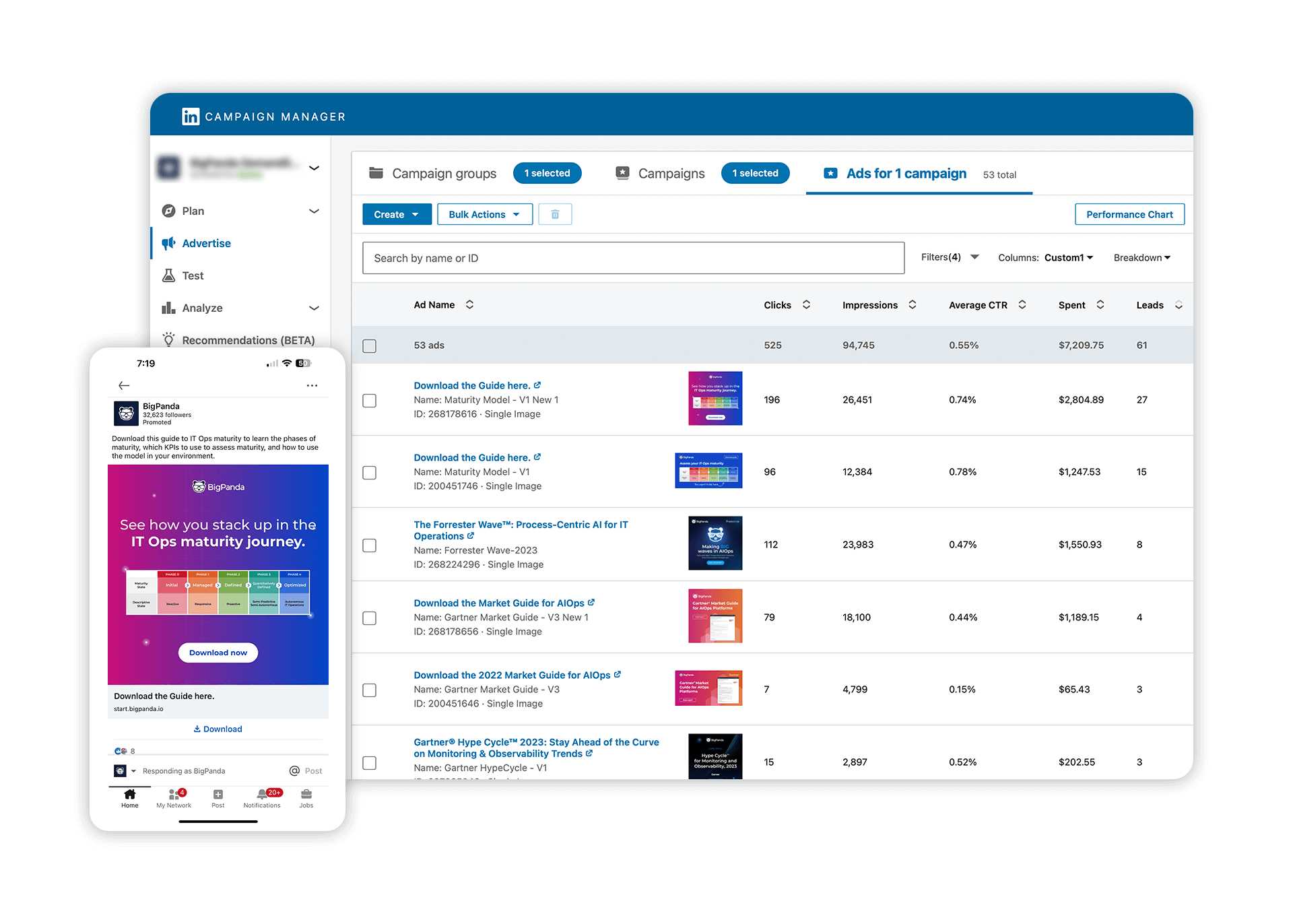
SaaS Landing Page Design
Having a great marketing campaign that sends curious prospective customers to a confusing destination page is wasted time and ad spend. Our custom-built SaaS landing pages are clear, elegant, and designed to convert and drive user engagement. From captivating visuals to clear calls-to-action, we ensure every element drives the desired action, whether it’s signing up for a demo of your solution or downloading a helpful guide. Our landing pages help you achieve measurable results.

Review Site Placements
For SaaS businesses, review sites like G2 and Capterra hold immense significance. They aren’t just platforms for ratings; they’re a reflection of your reputation. Being prominent on these review sites is invaluable for demand capture, as decision makers flock to these sites to research the most popular and best-reviewed solutions.
Our SaaS marketing agency specializes in helping optimize your profile on these sites and run high-converting ad campaigns to make sure that you show up prominently as they research potential solutions for their needs.
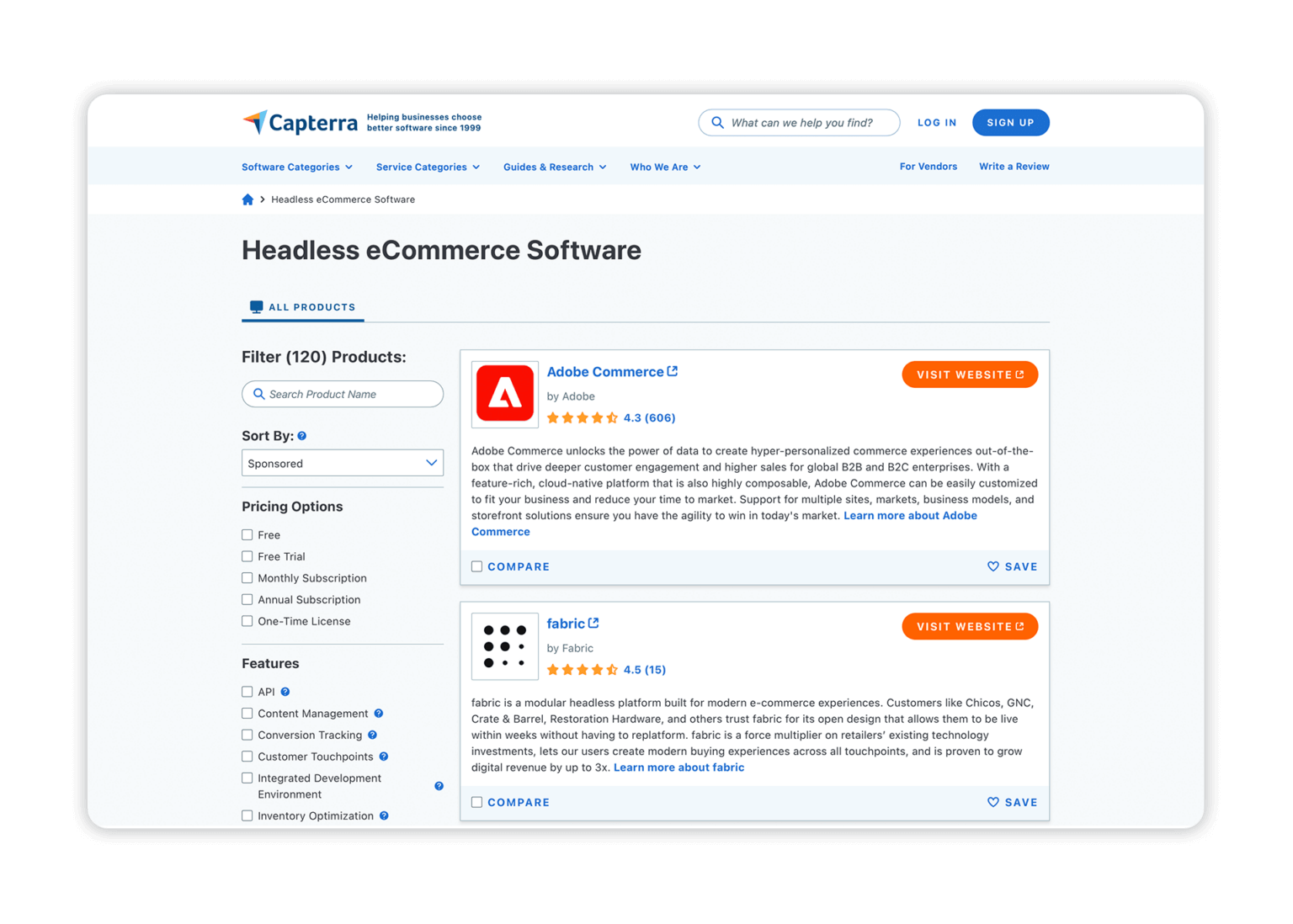
SaaS Account-Based Marketing
Account-based marketing, or ABM, is a people-centric strategy in which marketers (like us) and your sales team collaborate to specifically target high-value accounts, like key stakeholders at your ideal client business. Through expert targeting and highly customized and effective messaging, you make these high-value targets more likely to convert – and digital marketing tools on platforms like LinkedIn make this easier than ever.
ABM has an incredibly high ROI when it’s done right, and we know how to do it right.
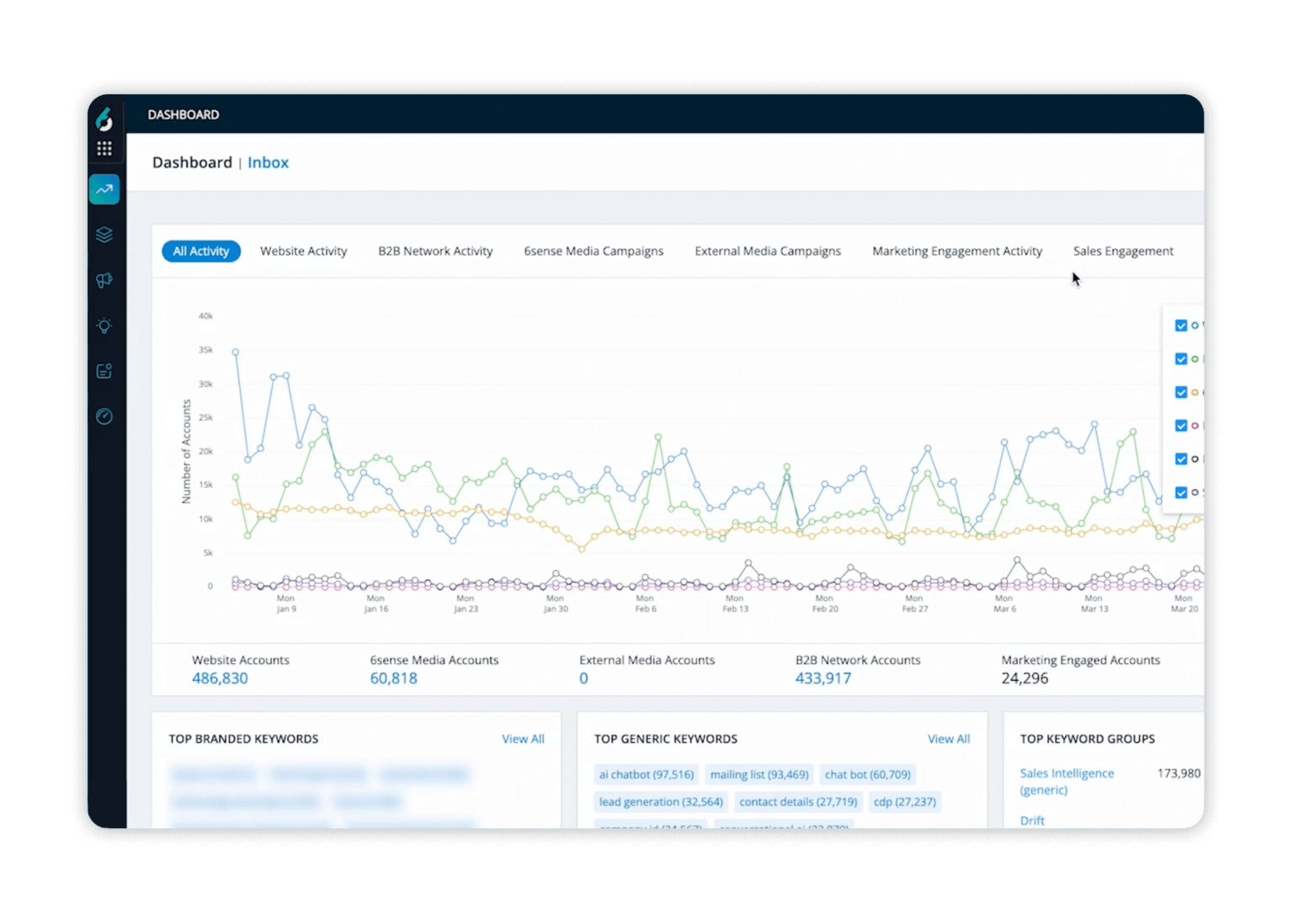
SaaS Marketing Agency FAQs
What Should You Look for When Hiring a Top SaaS Marketing Agency?
When hiring the best SaaS digital marketing agency for B2B, it’s important to look for several qualities. It’s vital to ensure that they have a proven record of success at helping SaaS businesses like yours grow, and that their staff has experience with the nuts and bolts of all kinds of marketing – organic/SEO marketing, paid search, social media marketing, and more.
However, to truly grow your business beyond a small customer base, it’s paramount that you choose a marketing partner that has experience providing demand generation services. A B2B SaaS marketing company can help you capture the demand of customers already looking for services like yours – a great one will help you grow that customer base by creating demand.
What Does a B2B SaaS Marketing Agency Do?
B2B SaaS marketing agencies help SaaS companies find and attract new customers through things like SEO, paid marketing (PPC), and demand generation. They are a key element of growing a B2B business.
A key part of what B2B marketers do is harnessing the power of “dark social,” which is conversations that take place on internal Slack and Microsoft Teams channels, discussion boards, direct messages, trade shows, events and elements of the “water cooler”. Especially at large businesses, decision makers are more likely to get recommendations for solutions from colleagues and employees, so it’s vital that B2B marketing services like SevenAtoms ensure that your name comes up in these conversations.
What Results Can You Expect from a SaaS Marketing Agency?
If your SaaS marketing agency is worth its salt, you can expect a sizable increase in both lead generation and conversion rates, which ultimately contributes to robust growth for your business’ bottom line. A top SaaS marketing agency can start showing results within the first few months of hiring – and due to SevenAtoms’ strategic focus on high-quality, targeting marketing, we are confident that we can deliver these results in a sustainable, scalable manner.
How Does Your SaaS Marketing Agency Handle Transparency and Reporting?
We want you to feel comfortable spending your money through us and feeling like you’re seeing tangible results. A good B2B SaaS marketing agency like SevenAtoms will employ advanced tracking tools and metrics to measure campaign success, providing clients like you with detailed and actionable regular reports. These reports will showcase critical performance metrics and provide valuable insights along with actionable recommendations for ongoing enhancement.
In other words, our reporting dashboards will show where we’re succeeding and where we have room to grow – so you can be confident you’re getting good ROI from us.
Is PPC or SEO Better for SaaS Marketing Services?
This entirely depends on your campaign goal and what you’re trying to achieve. SEO is less expensive, but takes some time to really see the full benefit of and drive organic results. Paid marketing (PPC or SEM) can deliver much quicker results, but will obviously cost more money. However, rather than just go with one or the other, an experienced B2B and SaaS marketing agency like SevenAtoms can do both – because they can be very complimentary tools when used together.
How can SaaS marketing services help my business scale?
Data-driven SaaS marketing services help your business grow by crafting targeted strategies that bring in more customers, boost conversions, and keep users coming back. They focus on building brand awareness, generating high-quality leads, and optimizing your sales funnel to drive scalable growth. By combining SEO, compelling content, targeted paid ads, and smart automation, SaaS marketing expands your reach and converts curious visitors into lifelong customers.
Which marketing strategies work best for SaaS companies?
The most effective SaaS marketing strategy is a multi-prong approach to get sales-qualified leads. It is a combination of educating through content marketing, increasing visibility with SEO, and driving targeted traffic with PPC campaigns. Leveraging LinkedIn paid ads, using email nurturing sequences, offering free trials or demos to help potential customers experience the product, and listing on review sites will make a big difference. These B2B SaaS marketing strategies, working in tandem, will get you the ROI.
How does PPC help in SaaS lead generation?
PPC (pay-per-click) helps in SaaS lead generation by targeting potential customers who are actively searching for solutions like yours and retargeting prospects who are familiar with your product but haven’t purchased yet. Effective ad campaigns, paired with high user intent and strategic keyword targeting, can bring the right audience to your site—boosting engagement and maximizing lead generation opportunities. SaaS PPC management allows you to connect with your ideal customers and optimize for lead generation. When PPC campaigns are managed efficiently, wasteful ad expenditure is minimized, ensuring high-quality leads.
Why is content marketing important for SaaS brands?
SaaS content marketing plays a crucial role in establishing trust and credibility, educating prospects about your SaaS product, and providing insight into how your product can solve their pain points. Inbound marketing for SaaS leverages educational and compelling content to capture interest, engage potential customers, and move them along the sales funnel by offering incentives to sign up. Sharing content — whether through blogs, guides/ebooks, videos, or case studies — draws in your audience and keeps them engaged, with the ultimate goal of making a purchase. Good content also improves your SEO, drives organic traffic to your site, and positions your SaaS brand as an industry leader. It’s a powerful way to generate leads, build relationships, and ultimately drive growth.
What makes SevenAtoms a top SaaS marketing agency?
SevenAtoms has more than a decade of experience working with SaaS companies—whether it's managing their PPC campaigns, content and SEO, or both. SevenAtoms is a Google Premier Ads Partner, placing us in the top 3% of agencies, so your paid campaigns will be in the best hands. We are a top SaaS marketing agency because of our data-driven, relentless approach to campaign optimization and our expertise in creating tailored, innovative marketing strategies for your SaaS brand. We focus on increasing visibility, driving qualified leads, and optimizing conversions through a combination of SEO, PPC, content marketing, and automation. With deep expertise in the SaaS industry, we understand the specific hurdles businesses face and use proven marketing strategies to drive growth. SevenAtoms’ commitment to measurable results and continuous optimization makes us a trusted partner for SaaS companies looking to grow.
How do B2B SaaS marketing agencies differ from agencies that serve the broader SaaS market?
A B2B SaaS marketing agency specializes in marketing your SaaS product to businesses (not consumers). Such an agency understands the unique challenges of business clients, crafting strategies that align with longer sales cycles, complex decision-making processes, and high-value transactions.
Is SevenAtoms a B2B SaaS marketing agency?
Yes, SevenAtoms is a B2B SaaS marketing agency.
What makes account-based marketing (ABM) essential for B2B SaaS companies?
For B2B SaaS companies, account-based marketing is essential as it enables a focused approach, delivering customized messages to key accounts, fostering stronger relationships, and driving higher conversion rates. By prioritizing key accounts, this strategy maximizes resource efficiency, deepens connections with decision-makers, and boosts returns, making it a game-changer for B2B SaaS expansion.
Does SevenAtoms work with SaaS startups?
Yes, we work with SaaS startups. Often, SaaS startups don’t have a dedicated marketing department, and we become an extension of their team. We help SaaS startups develop and execute growth marketing strategies to increase brand visibility and generate qualified leads. From SEO and content marketing to PPC and LinkedIn advertising, SevenAtoms helps your startup scale and succeed.
Can you provide details about your service rates?
Our pricing varies based on your specific requirements. To receive a proposal, let's connect for a FREE consultation.








